In the world of audio engineering and live performances, the quality of sound transmission and noise reduction plays a critical role. One device that stands at the forefront of ensuring superior audio fidelity is the XLR cable. These versatile and robust cables have become an industry staple, known for their remarkable performance and reliability. In this article, we will explore the key features, applications, and benefits of XLR cables that make them indispensable assets in the audio industry. 1. Enhanced Signal Integrity: One of the primary reasons behind the widespread use of XLR cables is their exceptional signal integrity. XLR cables utilize a balanced audio connection, incorporating three conductors – two for carrying the audio signal and a third for the ground (shielding). This balanced configuration significantly reduces electromagnetic interference (EMI) and radio frequency interference (RFI) which can degrade audio signals. This design ensures that the audio signal is transmitted accurately, resulting in pristine sound quality. 2. Durability and Reliability: Another key characteristic that sets XLR cables apart from their counterparts is their durability and reliability. Built to withstand demanding live events, XLR cables are constructed with high-quality materials providing excellent tensile strength, abrasion resistance, and insulation.
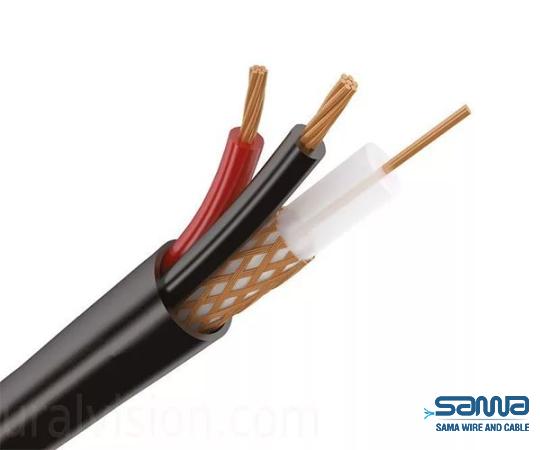
.
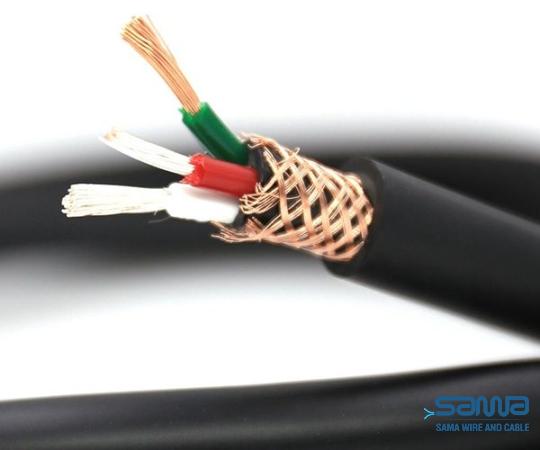 The connectors, known as XLR connectors, comprise sturdy metal shells with a locking mechanism that ensures a secure and solid connection. This robust construction enables XLR cables to withstand heavy usage, constant handling, and even accidental tugs or pulls without compromising signal integrity. 3. Versatility in Applications: XLR cables find extensive application in the audio industry due to their versatility. They are commonly used in professional audio setups, such as studio recordings, live performances, sound reinforcement systems, and broadcasting. With both analog and digital audio signals supported, XLR cables are compatible with a wide range of devices, including microphones, speakers, mixing consoles, amplifiers, and audio interfaces. Additionally, XLR cables allow for longer cable runs without signal degradation, making them ideal for large venues and installations.
The connectors, known as XLR connectors, comprise sturdy metal shells with a locking mechanism that ensures a secure and solid connection. This robust construction enables XLR cables to withstand heavy usage, constant handling, and even accidental tugs or pulls without compromising signal integrity. 3. Versatility in Applications: XLR cables find extensive application in the audio industry due to their versatility. They are commonly used in professional audio setups, such as studio recordings, live performances, sound reinforcement systems, and broadcasting. With both analog and digital audio signals supported, XLR cables are compatible with a wide range of devices, including microphones, speakers, mixing consoles, amplifiers, and audio interfaces. Additionally, XLR cables allow for longer cable runs without signal degradation, making them ideal for large venues and installations.
..
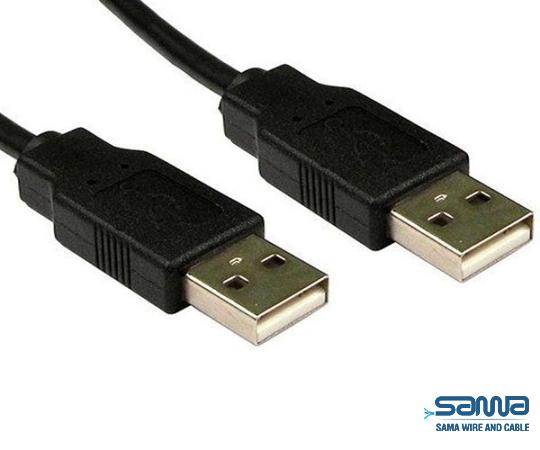 4. Noise Reduction: One of the most significant advantages of XLR cables is their ability to reduce noise. The balanced configuration, coupled with the cable’s shielding, minimizes the impact of external interference, resulting in cleaner and clearer audio signals. This makes XLR cables particularly valuable in environments susceptible to high levels of electromagnetic interference, such as live concert venues or recording studios located in close proximity to electrical equipment. 5. A Standardized Solution: XLR cables have become an industry standard, ensuring compatibility across a wide array of professional audio equipment. This standardization allows audio engineers, performers, and technicians to easily connect and interchange audio devices without the need for adapters or connectors.
4. Noise Reduction: One of the most significant advantages of XLR cables is their ability to reduce noise. The balanced configuration, coupled with the cable’s shielding, minimizes the impact of external interference, resulting in cleaner and clearer audio signals. This makes XLR cables particularly valuable in environments susceptible to high levels of electromagnetic interference, such as live concert venues or recording studios located in close proximity to electrical equipment. 5. A Standardized Solution: XLR cables have become an industry standard, ensuring compatibility across a wide array of professional audio equipment. This standardization allows audio engineers, performers, and technicians to easily connect and interchange audio devices without the need for adapters or connectors.
…
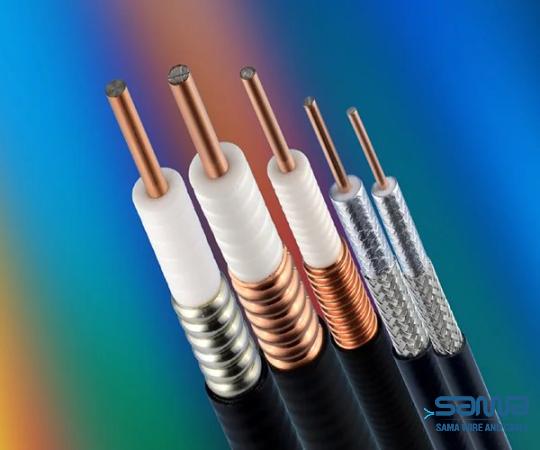 This universal compatibility simplifies setup and troubleshooting processes, saving valuable time and effort during live performances or studio sessions. Conclusion: The unrivaled performance, durability, versatility, noise reduction capabilities, and standardized design of XLR cables make them an essential component in any professional audio setup. These cables have proven their worth time and again, providing audio engineers and performers with a reliable and robust solution for transmitting high-quality audio signals. Whether in a recording studio or on stage, XLR cables continue to play a vital role in ensuring impeccable sound reproduction, making them the go-to choice for professionals in the audio industry.
This universal compatibility simplifies setup and troubleshooting processes, saving valuable time and effort during live performances or studio sessions. Conclusion: The unrivaled performance, durability, versatility, noise reduction capabilities, and standardized design of XLR cables make them an essential component in any professional audio setup. These cables have proven their worth time and again, providing audio engineers and performers with a reliable and robust solution for transmitting high-quality audio signals. Whether in a recording studio or on stage, XLR cables continue to play a vital role in ensuring impeccable sound reproduction, making them the go-to choice for professionals in the audio industry.
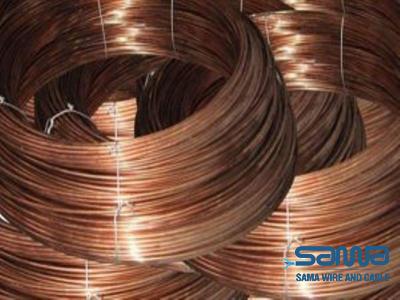
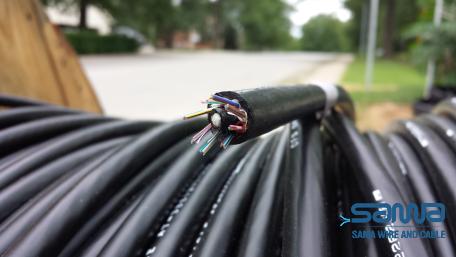
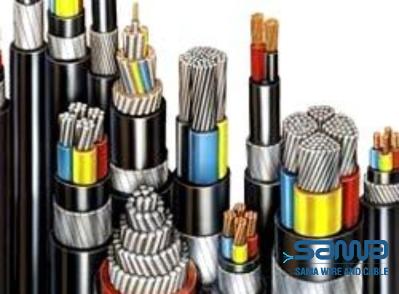

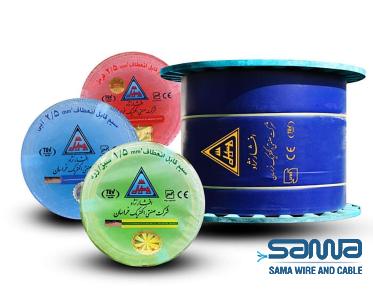
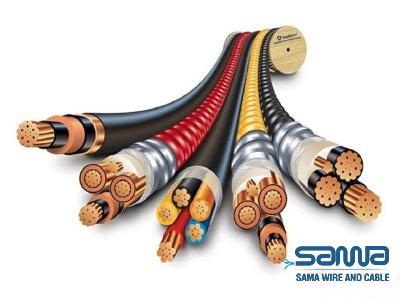
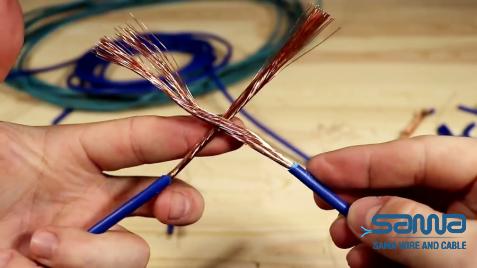
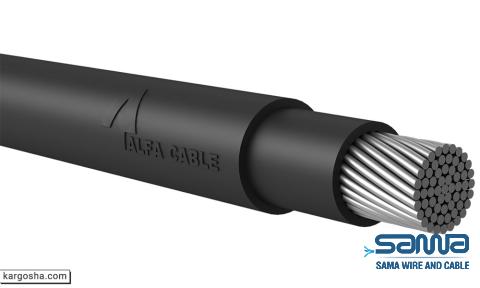
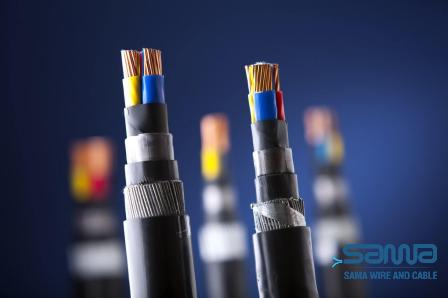
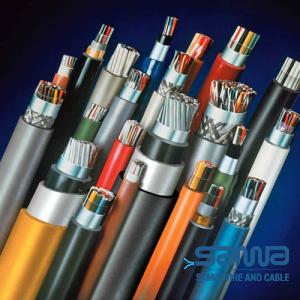
Your comment submitted.